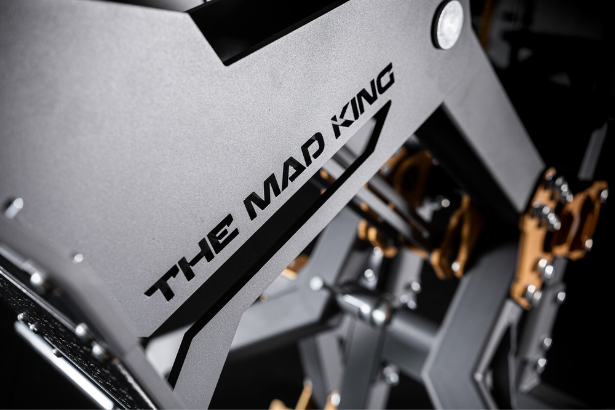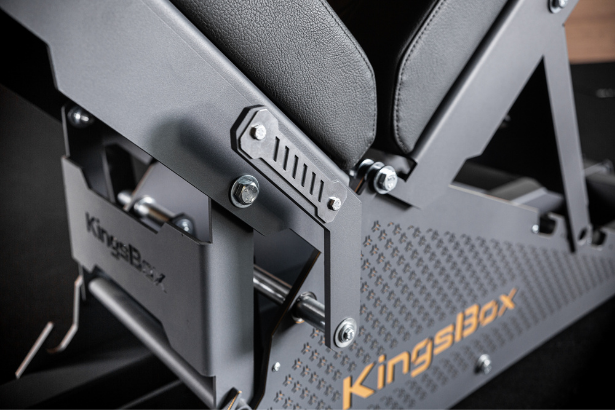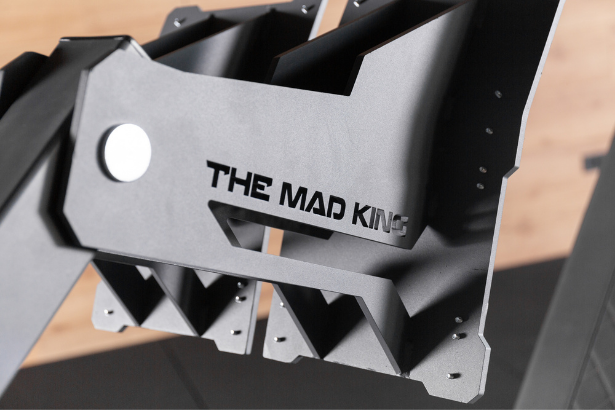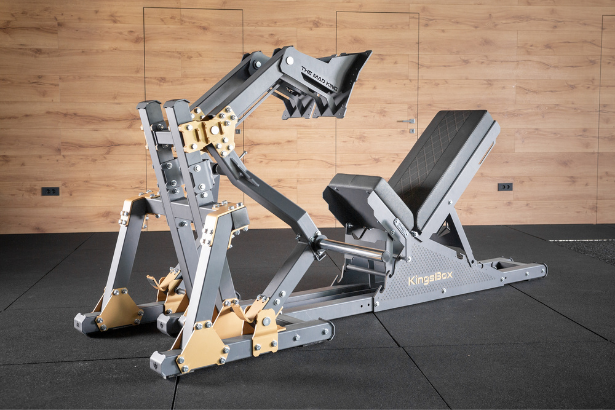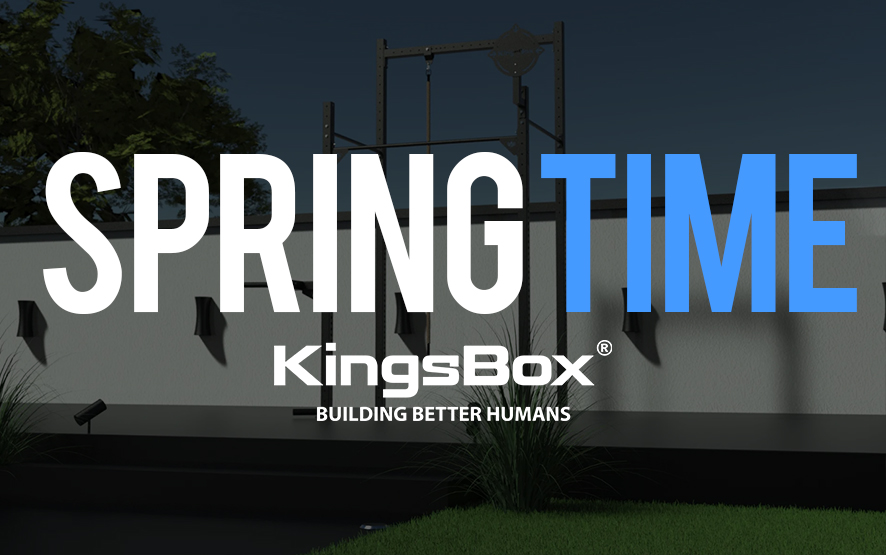In the fitness world the squat is considered to be the “king” of all exercises, as it requires the greatest physical fitness. Namely, the squat is one of the so-called complex exercises, because its execution activates several muscle groups that together contribute to performing the exercise correctly.
Because the squat is such a complex exercise that requires proper form and fitness, not everyone can perform it due to safety reasons. However, this does not mean that training or strengthening of the leg muscles must be given up. It is known that the leg muscles make up the largest muscle group in the human body and thus play a very important role in sports activities as well as in everyday life.
The good news is that a great alternative to the squat exercise does exist. It is a strength training fitness device designed specifically to strengthen the leg muscles on which a leg press exercise is performed. With its help, the trainee simulates the squat exercise in a safe and a highly controlled way. The device is suitable for users who want to train safely and easily, but at the same time are not yet skilled enough in performing squats, are recovering from injury or want to completely isolate the leg muscles for the most optimal strengthening of the latter and the like.
It is known that each person has a dominant side of the body, with which they are able to overcome a larger share of the load (e.g. the right arm / leg is able to overcome a larger load than the left). Hence, the idea was born to design our device so that the user can perform a leg press exercise with both legs at the same, but separately for each leg. Thus, the muscles in an individual leg can be completely isolated and consequently prevent the dominant leg from taking on most of the load, becoming even stronger and increasing the difference between the legs.
Indice dei contenuti
The Design Process
The process of designing the device was carried out according to the well-known Stanford “Design Thinking” method, which is divided into 5 consecutive phases: empathy, problem definition, ideation, prototyping and testing.
Empathy is the first and probably one of the most important phases of the whole design process. In this phase it is necessary to identify with end users, explore and get to know their ideas, needs and desires related to the subject of design, in this case a strength training fitness device. Understanding how they feel about the product, what makes them comfortable and what they consider as a “problem” or a challenge is of key importance.
Defining the problem represents probably the biggest challenge within the design process. In this phase, it is crucial to synthesize or unite the observations and knowledge obtained from the end-user research in the first phase (empathy) in order to write the problem statement or the guiding principle of the problem, which serves as a norm for further work and generating ideas, and constantly focuses on a concrete case for which a solution is made (e.g. the best possible isolation of the leg muscles when performing a leg press exercise).
Ideation is a phase where ideas are generated based on user knowledge and the challenge posed from previous phases of the design process. At this point creativity and thinking outside the box are beneficial in order to generate as many diverse ideas as possible; the unwritten rule is that for every 20 solutions, one is good. To generate ideas, tools created for this purpose or procedures such as brainstorming, mind mapping, storytelling, etc. can be used.
Prototyping is the best way to test generated ideas. At this point, everything can be done, ranging from very primitive or simple prototypes that serve merely to facilitate easier presentation and detection of flaws in the design and purpose of the product, to fully functional prototypes, the purpose of which is a detailed test of the overall operation and handling of the product.
Testing is intended for testing prototypes or already pre-generated conceptual solutions. When testing products intended for human use (especially if this involves end-users), it is crucial to observe the reactions and feelings that users experience when interacting with product in detail. They need to be asked questions and be guided through the whole process of interaction; at the same it is important not to impose our own opinion on them, because the goal of testing user-oriented design is to obtain actual opinions and recommendations from the people for whom the product is intended.
Designing
Cross-training exercises originate from the US Army, where soldiers, in order to endure the extremely strenuous training more easily and for additional motivation, created a kind of competition, in which they could compete against each other in endurance and stamina. It follows that Cross-training equipment and accessories are designed in a military / industrial style, as this type of design represents grandeur with a touch of robustness and awe. This gives people extra impetus to become even more determined, confident and committed to achieving their goals.
Every company has its own design language or style it adheres to, which serves to make the company recognizable. The KingsBox brand deals with selling and manufacturing of equipment for functional and Cross-training exercises. It follows that the design of new products is inspired by the guidelines of military and industrial design. This is achieved by implementing angled profiles, sharp edges and lines, aggressive shapes that express might, aggression and awe. Industrial elements that give products robustness and weight are used. In addition, dark color combinations are used to represent exclusiveness, higher quality and give added value to products.
Design challenge
The biggest challenge in designing a strength training fitness device is to achieve proper ergonomics. As the device is intended for human use, it is crucial that it does not cause discomfort to the user or, even worse, that it does not injure the user.
Every person is different, so it is almost impossible to make a universal product that would fully fulfill the needs of each individual. For this purpose, the so-called anthropometric tables for ergonomic design of products are used, in which the dimensions of individual parts of the human body are collected and sorted. These serve as a starting point for determining the size of individual components of the device. These tables encompass a specific part of the population (e.g. the population of the European Union), break it down by gender and classify it by age group. This data is then statistically processed according to the Gaussian curve so that averages and deviations can be obtained. The data is further broken down into percentages; most often, however, the population is divided into three parts (seen in %) on the 5th, 90th and 95th percentiles:
- 5th percentile: percentage of people below average,
- 90th percentile: people who are average,
- 95th percentile: people who are above average.
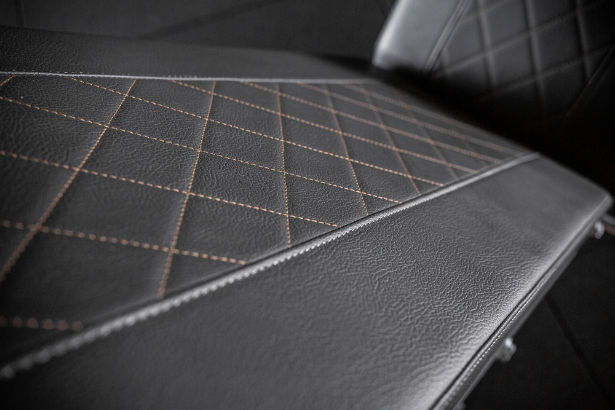
As already mentioned, it is practically impossible to design a product that would perfectly suit the entire population. Of course, the company strives to ensure that the designed device can be used by as many users as possible, so the dimensions of individual body parts needed to design the device are derived from the average / largest population group (the 90th percentile – the very name suggests that this is the largest share of the population). This greatly reduces the possibility that the device would not be suitable for a large number of users.
The design of a device cannot be based solely on theoretical assumptions. The product needs to be tested in practice especially when it is intended exclusively for human use. Thus, a functional prototype of the device was made, and its ergonomic suitability was tested several times. Based on testing, we came to concrete conclusions about which dimensions are ergonomically appropriate and which are not. This process is crucial; an ergonomically and aesthetically perfect product or a device that fits the user perfectly and offers complete isolation of the leg muscles for their optimal strengthening has been created based on the testing process.
Finished product
THE MAD KING – an awe-inspiring leg press for real kings!
Based on the name itself, it can be concluded that the leg press is a strength training fitness device designed to perform the leg press exercise, which is a safe alternative to squats.
The device is used by adjusting the angle of inclination of the seat and backrest in order for the user to sit comfortably and completely stably on the seat. When the user sits on the device, he positions himself in the starting position to perform the exercise by placing his feet in the appropriate place on the push plates in front of him. After taking the starting position, he can start performing the exercise (movement) by stretching his legs and thus pushing the push plates in front of him. When he reaches the end point of the thrust (he has his legs fully extended), he begins to lower the push plates (bending his knees) until he reaches the right angle between his thigh and calf and reaches the lower end points of the movement. He keeps repeating the entire movement and thus strengthening the leg muscles.
Instead of a conclusion
In different life situations, I follow a variety of slogans. The one that has followed me for the longest time is a simple formula: “dream + hard work + dedication = success”.
In the case of this product, the formula turned out to be more than true. It has been my great desire to design fitness equipment, ever since I first set foot inside the Faculty of Mechanical Engineering, after attending a gym for years and falling in love with it immensely. I worked hard to successfully complete my studies, started working for the KingsBox team, and put a lot of effort and work into the device itself. I have not lacked dedication, as I love sports and if I can, I am constantly trying to improve this industry, which is especially close to my heart.
Altogether, it has led to incredible success: a device that I am proud of and which is also the subject of my master’s thesis.


